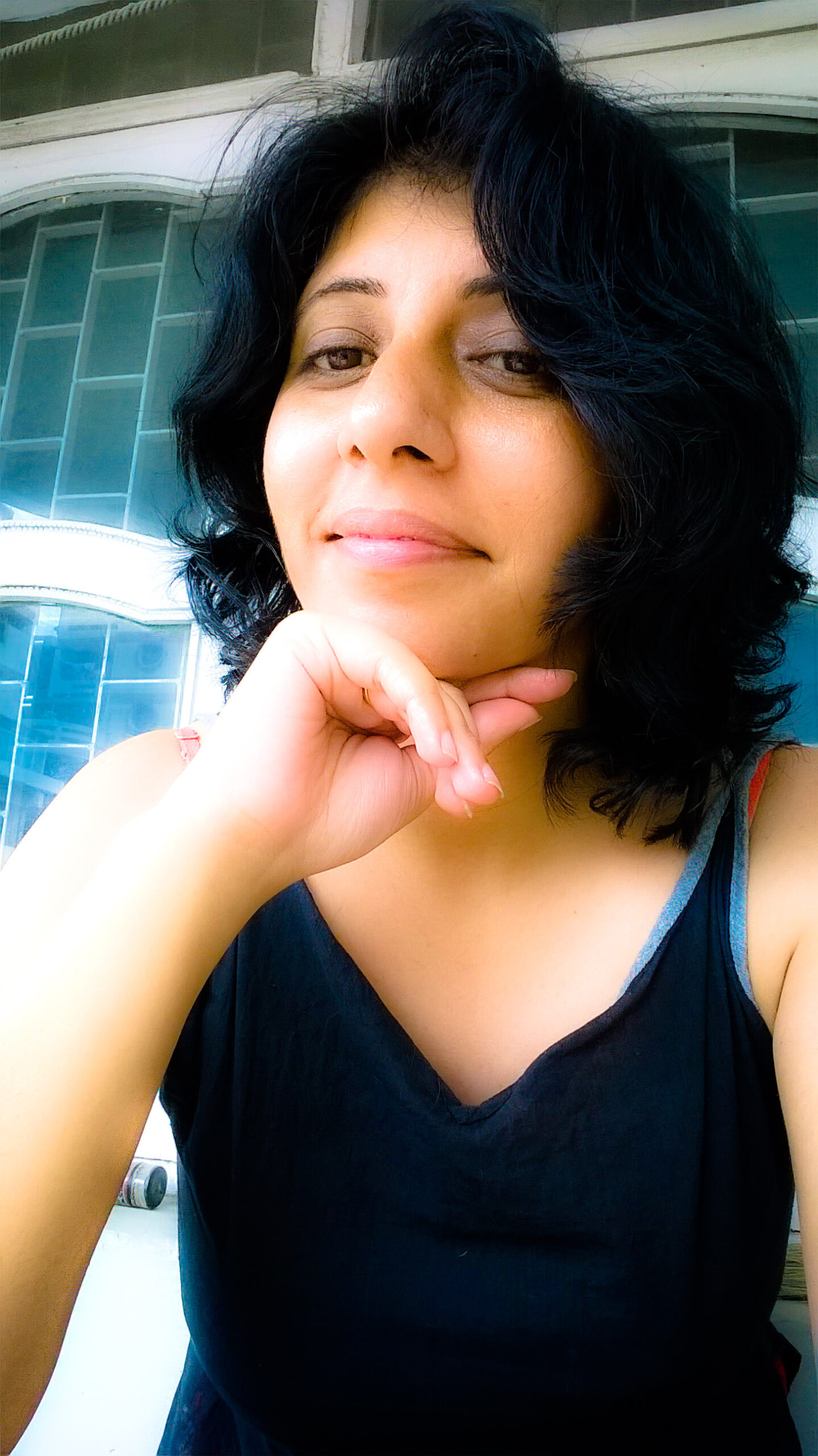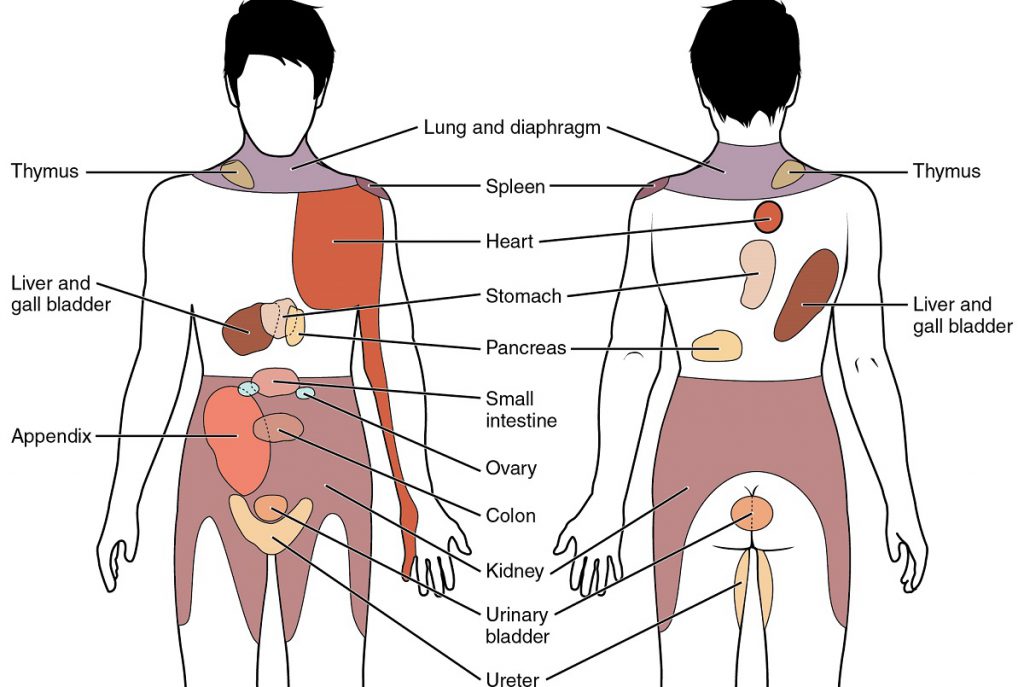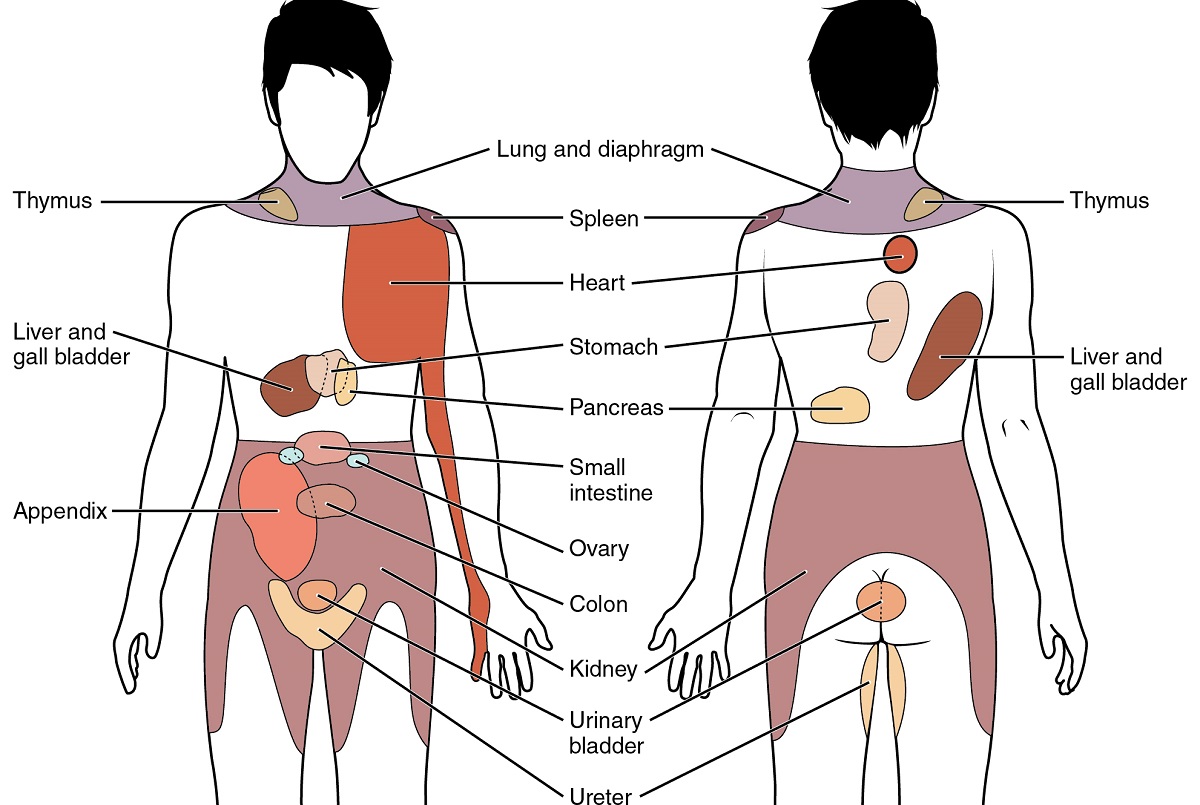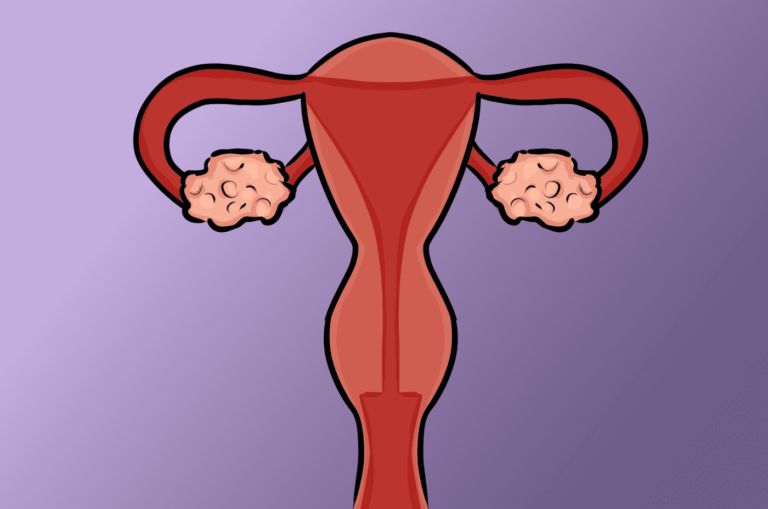Fibromyalgia is not curable; only manageable

Pooja Priyamvada is an author, columnist, translator, online content & Social Media consultant and poet. Currently she is Academic Director at International Institute of Mass Media (IIMM) Delhi.
An awarded bi-lingual blogger she is a trained psychological/mental health first aider, corporate emotional wellness trainer, mindfulness & grief facilitator, reflective listener, mental health researcher and suicide prevention activist. She has been associated and published at reputed national & global portals, anthologies and journals.
She is a course facilitator of an online course- “Leadership & Management in Health” offered by University of Washington. She is a part of the organising team of Kritya International Poetry Festival 2021 and has been actively organising theatre and reading workshops at the National Museum, New Delhi.
She has translated Joseph Murphy’s The Power of the Subconscious Mind to Aapke Avchetan Mann ki Shakti for Penguin Random House in 2022, A Night in the Hills, a collection of short stories by Manav Kaul published by Westland Books in 2019 and Caregivers’ Handbook for Down’s Syndrome published by Sangati Foundation in 2021. Her ebooks Mental Health: A Primer and Lessons for Life from Death:Papa & I and translation Land of Ghosts: Iceland are available on Amazon Kindle.

12th May is every year commemorated as Fibromyalgia Awareness Day, and May is Fibromyalgia Awareness Month worldwide.
[responsivevoice_button voice=”US English Female” buttontext=”Read out this Theel for me”]
In September 2017, superstar Lady Gaga took to social media to announce that she has long struggled with Fibromyalgia. She said that fibromyalgia-related “trauma and chronic pain pushed the European leg of her “Joanne” concert tour. Since then, a lesser-known aspect of pain-the the chronic and invisible kind got the most massive spotlight of all- Hollywood. In her Netflix documentary “Gaga: Five Foot Two,” released on September 22/18, Gaga opened up about the challenges of finding treatments and coping techniques to help manage her symptoms. She is seen using ice packs and trying deep massage and dry needling as ways to help manage the pain.
However, Fibromyalgia affects around 2% of the world’s population. It’s often a higher instance in women, one out of three women have it, and often it goes undiagnosed as non-specific chronic pain. However, the World Health Organization recognized Fibromyalgia as a disease in 1994.
What are the specific challenges of Fibromyalgia?
Physical disabilities are now more and more part of public discourse and policy as they should; however, some disabilities where an assisting device isn’t used, or it doesn’t show an outward symptom there is still little known. Research indicates that 30-50% of people having some chronic pain also battle depression or anxiety. These people are also at an increased likelihood of having other mental health issues compared to those who are so to say pain-free.
Fibromyalgia is a notable example of this. The condition has several overlaps with chronic fatigue and polymyalgia. Several of these conditions are characterized by a lack of energy, coupled with chronic pain that can occur anywhere in the entire body randomly.
The disease is not curable: only manageable. To help those who survive the pain and lack of awareness about the disease and to help them cope better with the condition, societal attitudes also need to change. I wrote about it at The Mighty, the largest digital health community created to empower and connect people facing health challenges and disabilities based in California. I realized how far advanced the rest of the world is and how long and dreary this battle is going to be here in India, I wrote:
“In the social setup in India, mental health, and chronic illness (especially the invisible ones) are not considered worth any sensitivity or attention. Lack of awareness even among the closest to you makes the illness even more difficult to bear. A couple of months ago, following a series of medical tests and excruciating, almost debilitating pain, I had finally been diagnosed with the lifelong monster of invisible illnesses – Fibromyalgia, a rheumatic condition characterized by muscular or musculoskeletal pain with stiffness and localized tenderness at specific points on the body.”
I wrote on Newzhook describing my Fibromyalgia experience.
“You wake up as if in someone else’s virtual reality. Like someone, somewhere, in this case, my nervous system is flicking switches I can’t control. So I pour salt into my morning tea (which I don’t mind), some milk in the red sauce of the pasta I am making for my daughter’s lunch (I hope it makes the sauce creamy, not sour), sugar into the chutney in the blender which was supposed to be spicy, and then I put the mixer into the fridge. Well almost. Extreme brain fog does this to me. The constant chronic fatigue of living the tough life of a single parent reminded time and again that she is a “single mother” of a girl child in India and the never-ending Sisyphus-like toil of Fibromyalgia and depression.”
Fibromyalgia in a pandemic
This is a first of its kind experience for most of us survivors. Some of us also have mental health-related hurdles along with, and many could be immune-compromised hence more susceptible to any infection.
Stress is an all-time high obviously and a significant trigger for most for a bad “fibro flare.” Stress is any response to an unusual/unexpected/unpleasant situation that might initiate a series of signals to the nervous system. The most common response being fight or flight. In the face of a pandemic, it becomes a battle of survival more so when we have a lockdown, restricted movement, and no support or inadequate healthcare.
Any stress unconsciously increases tension in our muscles, be it in the jaw, neck, shoulders, or low back. But for a fibro survivor whose muscles are stressed and stretched most of the time already, this is an additional burden and may cause excruciating pain.
Conclusion
Fibromyalgia is a complex condition like all invisible pain conditions are. With current levels of awareness in India, it seems there won’t be much understanding or empathy for the survivors. I often call it an invisible abuser who ultimately takes over your mind and body- nervous system, muscles, joints, digestion and sleep cycle, and much more.
In “normal” non-pandemic circumstances, too most pain warriors or spoonies as they are called find socializing a challenge, and now with physical distancing, less human contact, and an invisible disability, most of them would struggle without support. Combine this with mental health challenges like anxiety or depression and the common Fibro symptom known as Fibro Fog, which refers to a collection of cognitive impairments like memory loss – the survivors have an uphill task.
This May, read, write, and speak as much as you can to show support to Fibro Warriors. May they also feel they are in this alone but together with everyone else?
Featured Image Credits: Wikimedia









Readers' Reviews (1 reply)